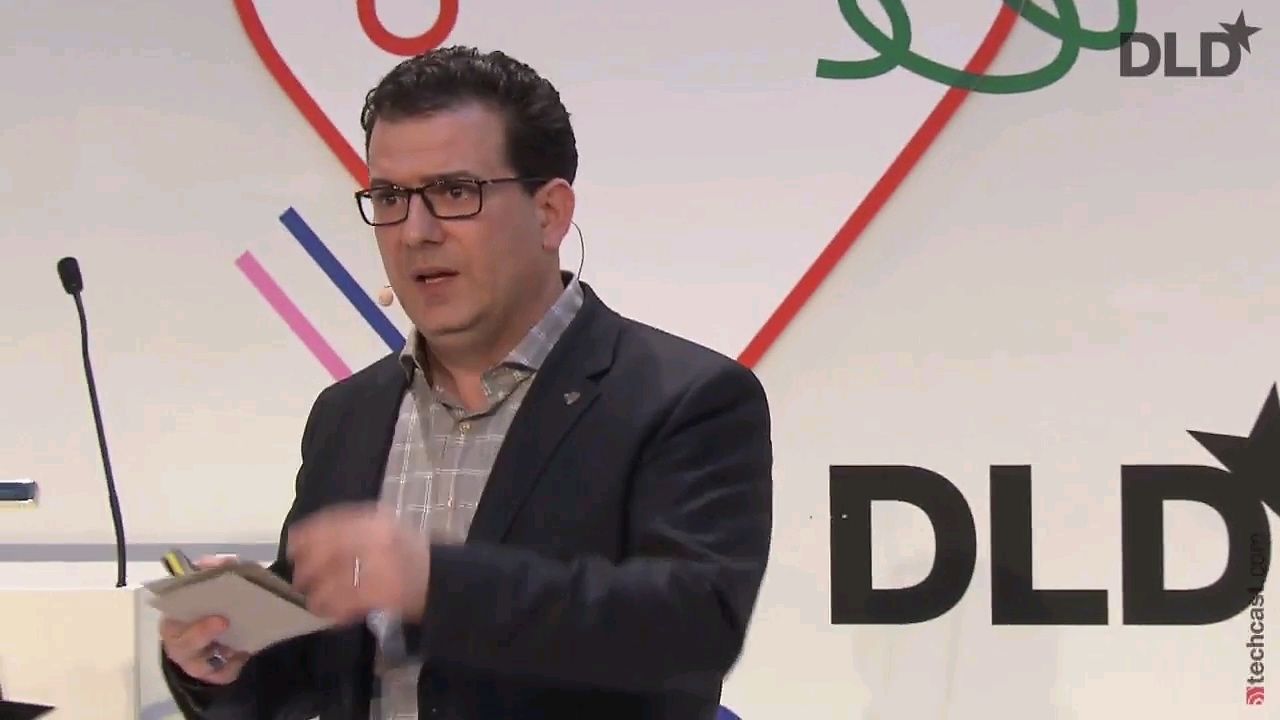Russian author Boris Zhitkov wrote the 1931 short story Microhands, in which the narrator creates miniature hands to carry out intricate surgeries. And while that was nearly 100 years ago, the tale illustrates the real fundamentals of the nanoscience researchers are working on today.
Nanoscience is the study of molecules that are one billionth of a metre in size. To put this into perspective, a human hair is between 50,000 and 100,000 nanometres thick. At this tiny size, materials possess properties that lie somewhere between a lump of metal and that of a single atom. This unique environment means they can become very reactive and be used as catalysts.
The ideas behind nanoscience are often easier to understand when considered simply in terms of how a single material’s properties change. But the field is not limited to just that: we are now moving into the realm of healthcare therapies, and vehicles smaller than a speck of dust. What were once regarded as science fictions are rapidly becoming fact.








